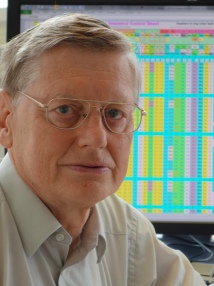BibTex format
@article{Wewer:2023:10.1007/s00125-023-05947-y,
author = {Wewer, Albrechtsen NJ and Holst, JJ and Cherrington, AD and Finan, B and Gluud, LL and Dean, ED and Campbell, JE and Bloom, SR and Tan, TM-M and Knop, FK and Müller, TD},
doi = {10.1007/s00125-023-05947-y},
journal = {Diabetologia},
pages = {1378--1394},
title = {100 years of glucagon and 100 more.},
url = {http://dx.doi.org/10.1007/s00125-023-05947-y},
volume = {66},
year = {2023}
}

